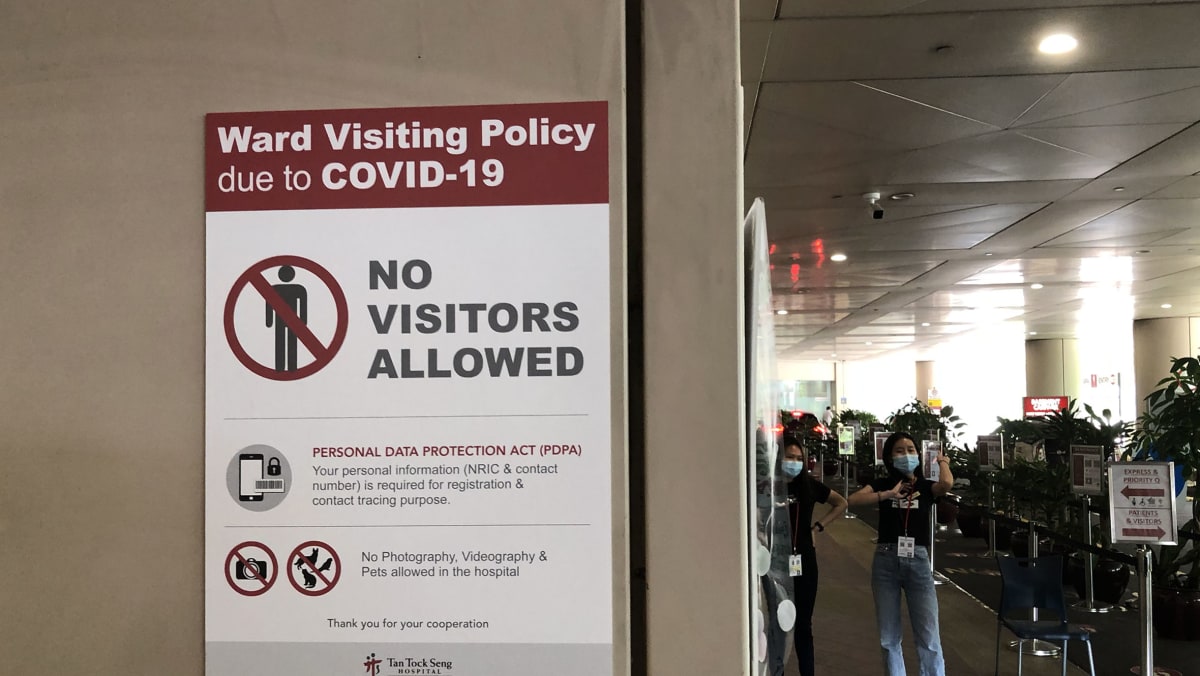Explainer: What is the weekly infection growth rate and how does it help us assess the Covid-19 situation? - TODAY

HOW TO ASSESS WHETHER THE SITUATION IS STABILISING
Given that the weekly infection growth rate fluctuates day by day, Dr Asok said that the indicator has to be monitored over a period of time for a more accurate reflection of the Covid-19 situation in Singapore.
For example, a public holiday falling in one week could inflate the number of community transmission cases, while the following week without a holiday would revert to the more usual pattern. This could mean the indicator falls below 1.0 and gives the impression that "things are looking dandy".
"You've to give it time to correct itself."
He believes that a rate below 1.0 stretching over 10 to 14 days could be a sign that things are stabilising.
However, Assoc Prof Cook said that this would take into account only diagnosed cases.
"Case ascertainment is probably falling, too, as we scale back on contact tracing and the strictness of isolation and quarantine, so it's important not to get too excited if the ratio falls below 1.0, unless the number of severe cases is also falling," he said.
"We should similarly not use the weekly ratio falling below 1.0 as an indicator that we can start relaxing measures and instead, should be looking at a broader set of metrics, in particular the healthcare utilisation due to Covid-19."
Dr Ling Li Min, an infectious diseases physician at Rophi Clinic, said that the strain on the healthcare system could still remain even if the rate goes down, if many infected cases are among unvaccinated people who are old or have underlying medical conditions.
WHAT ICU BED OCCUPANCY SHOWS
Dr Asok said that the number of people occupying ICU beds will not suddenly drop even if community cases drop.
This is because the condition of infected Covid-19 patients may worsen at the seventh- to 10th-day mark and so, there will be a lag for ICU figures.
"One cycle is approximately two weeks. But I think it can take up to a month to slow down and to see numbers whittle down," he said.
In principle, Dr Asok believes that an ICU utilisation rate of between 50 per cent to 66.6 per cent is a bad signal.
However, if the numbers are going up slightly in the midst of declining community cases, that may not be such a worrying sign, he said.
A utilisation rate of less than half and trending downwards over a month would be an indication of things stabilising.
As of Wednesday, the ICU utilisation rate was 79.8 per cent.

Comments
Post a Comment